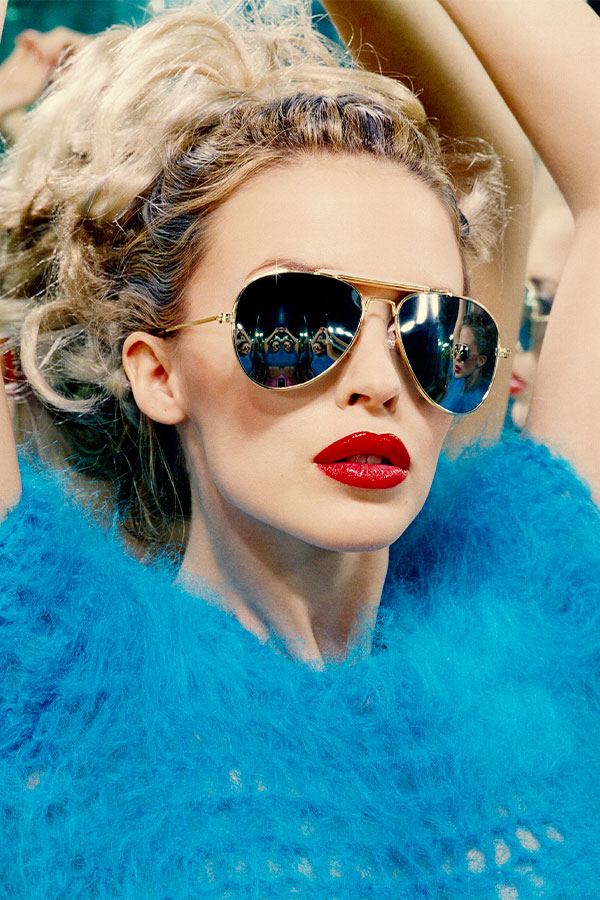Catch the show at London’s National Portrait Gallery before May 18 – your last chance to remember what creative risk looks like
At London’s National Portrait Gallery, the exhibition “The Face Magazine: Culture Shift” celebrates iconic fashion images and portraits from The Face, a pioneering youth culture and style magazine that has significantly influenced the creative and cultural landscape in Britain and beyond.
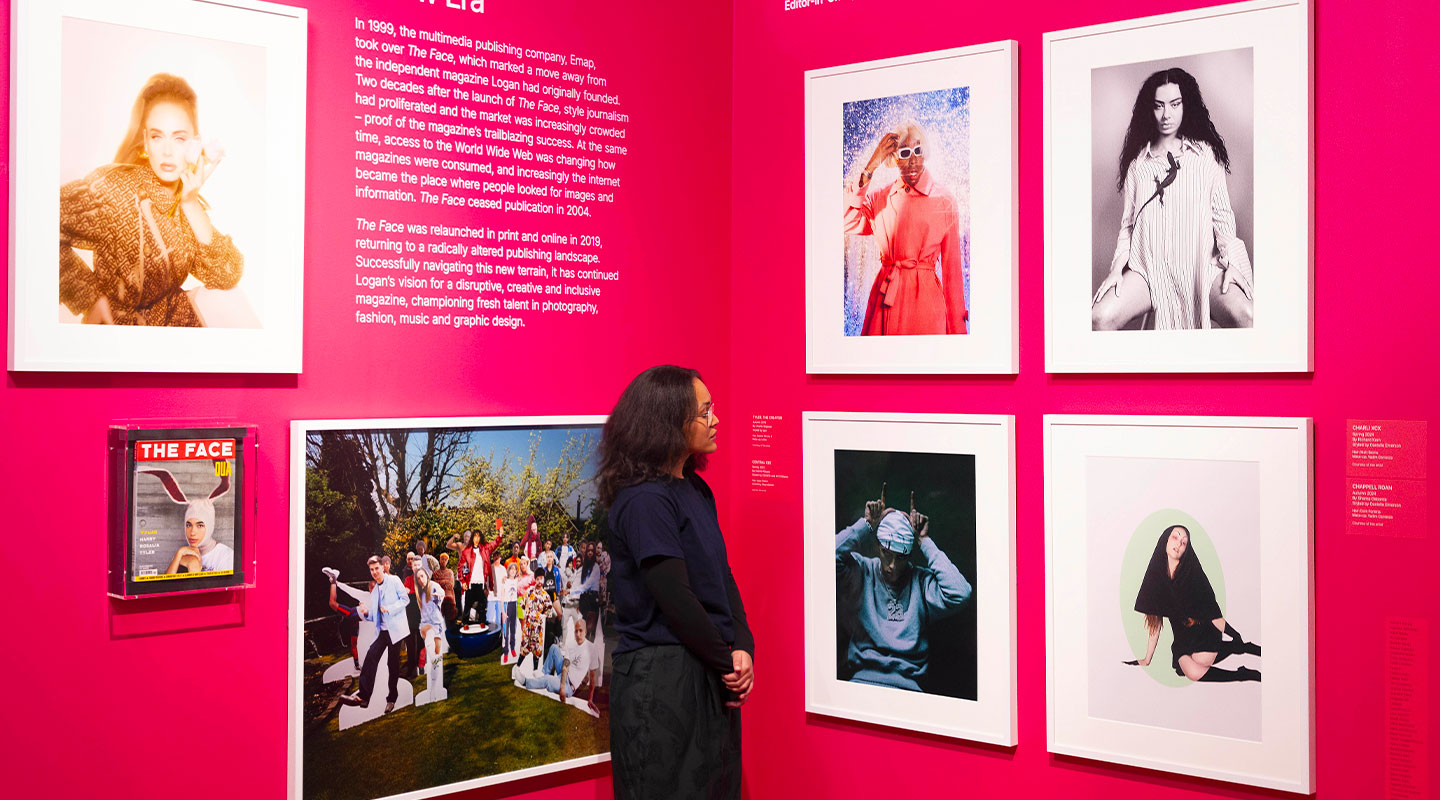
"The Face Magazine: Culture Shift" brings together more than 200 prints by over 80 photographers. Courtesy of National Portrait Gallery, London
Catch The Face before it closes on May 18, and don’t miss your chance to dive into the wild, rule-breaking energy that defined decades of fashion, music, nightlife, and fearless print design. Think era-defining shots of Kate Moss, David Bowie, and Blur, along with images of club kids before Instagram, as well as covers that truly held meaning. More than just a nostalgic experience, it’s a sharp reminder of what creative risk looked like, and why it still matters.
What Was The Face Magazine Really About? (And Why You Can’t Miss the Exhibit at London’s National Portrait Gallery)
From 1980 to 2004, The Face played a vital role in shaping contemporary culture. Musicians featured on its covers achieved global success, while the models it championed, including a young Kate Moss, became some of the most recognisable faces of their time. The magazine also launched the careers of many leading photographers and fashion stylists, granting them the creative freedom to radically reimagine the visual language of fashion photography and define the spirit of the era.
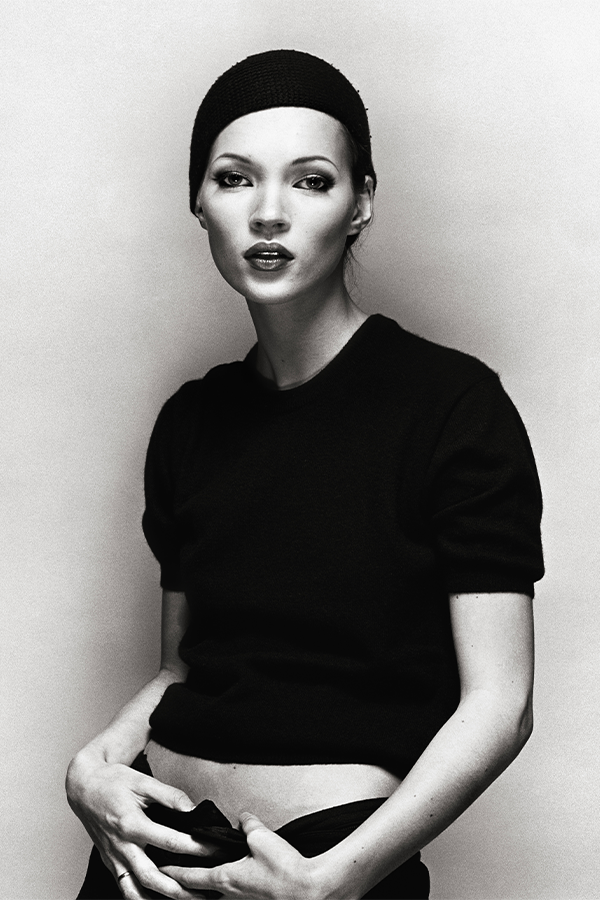
Kate Moss by Glen Luchford, styled by Venetia Scott, March 1993, ©Glen Luchford. Courtesy of National Portrait Gallery, London
Relaunched in 2019, the magazine continues to provide a disruptive and creative space for image-makers, championing fresh talent in photography, fashion, music and graphic design.
This exhibition brings together the work of over 80 photographers, including Sheila Rock, Stéphane Sednaoui, Corinne Day, David Sims, Elaine Constantine and Sølve Sundsbø. It features over 200 photographs, providing a unique opportunity to view many of these images outside of the magazine pages for the first time.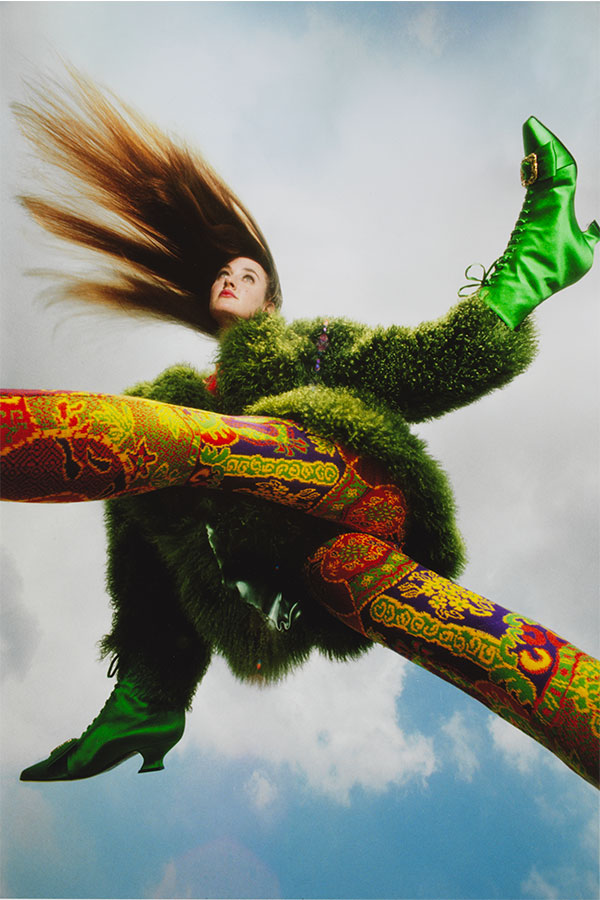
Voici Paris, by Stéphane Sednaoui, styled by Babeth Dijan, June 1988, ©Stéphane Sednaoui. Courtesy of National Portrait Gallery, London
“The Face Magazine: Culture Shift” is curated by Sabina Jaskot-Gill, Senior Curator of Photographs at the National Portrait Gallery, together with Curatorial Consultants Lee Swillingham, former Art Director of The Face from 1992 to 1999, and Norbert Schoerner, a photographer whose work was featured in the magazine throughout the nineties and noughties.
Kylie Minogue, by Norbert Schoerner, styled by Adam Howe, June 1994, ©Norbert Schoerner. Courtesy of National Portrait Gallery, London
The exhibition is accompanied by a publication of the same name, with contributions from Ekow Eshun, Sabina Jaskot-Gill, Jamie Morgan, Pete Paphides and Matthew Whitehouse, and interviews between Nick Logan and Lee Swillingham; Neville Brody, Jill Furmanovsky and Sheila Rock; Elaine Constantine, Glen Luchford and Nancy Rohde; and Norbert Schoerner and Stéphane Sednaoui.
The Face of a Generation: How a Print Publication Shaped a Revolution
Imagine if the styles of the 1980s, 1990s, and 2000s had a voice, attitude, and a rhythm that resonated with youth culture. That voice would sound like The Face. More than just a magazine, The Face was a cultural revolution, capturing the raw energy of its time and setting the stage for everything that followed. For fashion students today, it’s not just an archive but also a blueprint for thinking, creating, and styling.
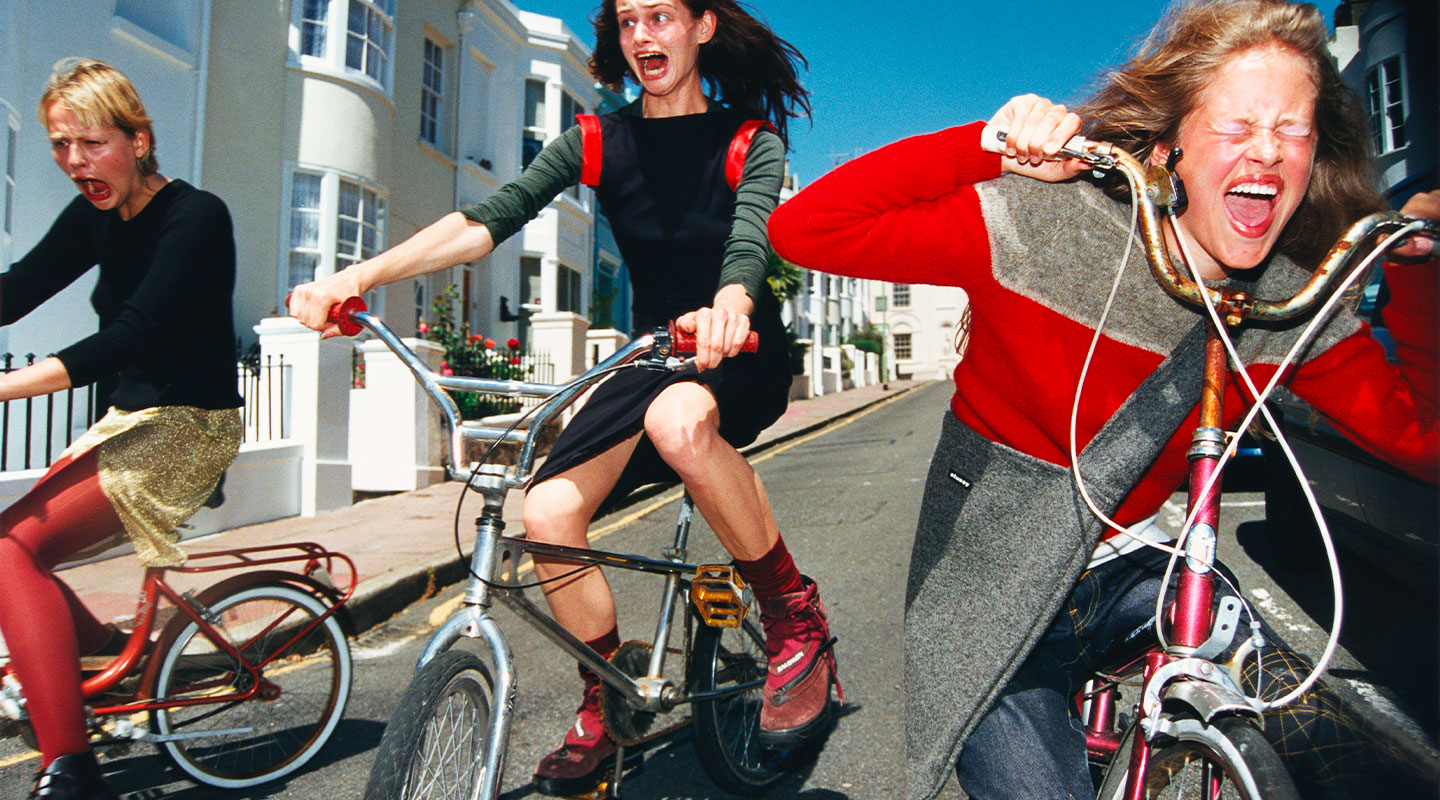
Girls on Bikes (Sarf Coastin’), by Elaine Constantine, styled by Polly Banks, December 1997, ©Elaine Constantine. Courtesy of National Portrait Gallery, London
Before the rise of Instagram and the era of perfectly curated feeds, The Face was the original platform for unfiltered creative expression. Its bold, rebellious spirit perfectly matched the UK scene of the 1980s. Over the next two decades, The Face became a visual chronicle of how fashion, music, and identity collided and evolved, celebrating risk in a way today’s social media could never envision.
The Face was probably the most influential magazine when it came to style culture – Ekow Eshun, Former Assistant Editor of The Face
Now, “The Face Magazine: Culture Shift” at the National Portrait Gallery brings this history to life, offering a final opportunity to delve into the magazine’s enduring influence. As the exhibition draws to a close, this is your last chance to see how The Face transformed subcultures into mainstream phenomena and redefined the essence of editorial fearlessness.
Ms. Dynamite, by Gemma Booth, May 2001, ©Gemma Booth. Courtesy of National Portrait Gallery, London
A wall of iconic covers greets visitors at the entrance of the exhibit, offering a vivid snapshot of how The Face shaped entire generations and left a lasting imprint on countercultures, aesthetics, and the creative world.
1980s Britain Belonged to the Kids: Youth Tribes, Music Scenes, and a Loud Rebellion Against the Norm
Founded in 1980 by Nick Logan, The Face emerged during “Thatcherite Britain”, a period marked by Margareth Thatcher’s leadership as Prime Minister 1979 to 1990). This era saw where creativity pushing back against economic austerity and social conservatism. Described by Logan as “a well-dressed rebel yell”, The Face captured the stylistic spirit of the streets, from the Blitz Kids to B-boys, and elevated it to an art form.
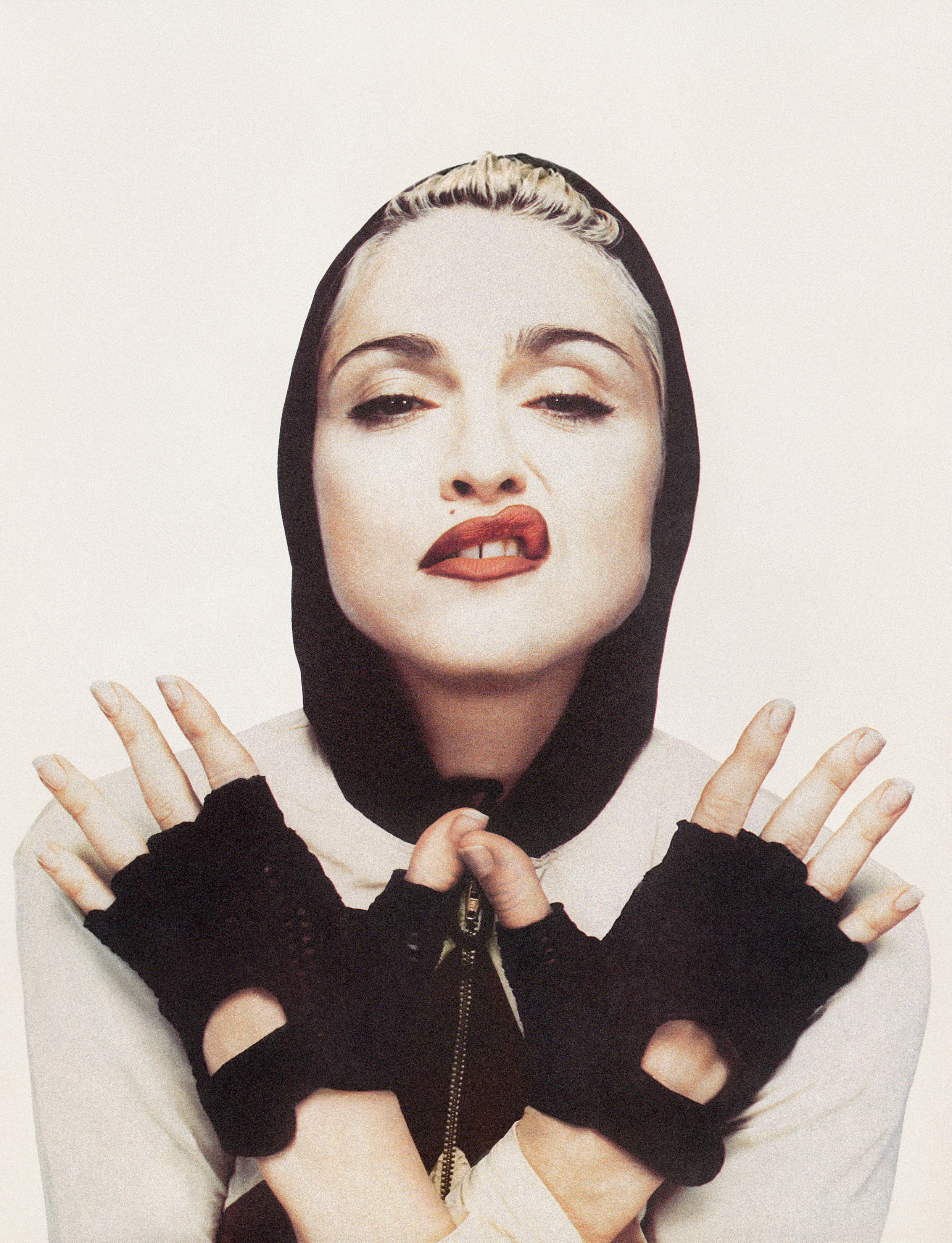
Madonna, by Jean Baptiste Mondino, June 1990, ©Jean Baptiste Mondino. Courtesy of National Portrait Gallery, London
What made The Face revolutionary was its celebration of style not as luxury, but as identity. It saw fashion through the lens of youth tribes and music scenes, including New Romantics, Rude Boys, and Acid House ravers. Every subculture had its unique style, and The Face transformed these styles into editorial masterpieces.
From Rule-Breakers to Cultural Icons
The magazine’s influence was rooted in its bold editorial vision: sharp, unapologetic, and visually radical. The Face was home to disruptive stylists like Ray Petri, the mastermind behind Buffalo style, who introduced a new urban aesthetic that blended athletic wear with high fashion. He also embraced street casting before it became a trend, and adopted a multicultural approach long before today’s diversity mandates.
View this post on Instagram
Equally daring were the photographers who brought these styles to life. Corinne Day, Juergen Teller, Nick Knight, and David Sims turned the raw and the real into beauty.
Corinne Day’s raw 1990s shoot with Kate Moss, for instance, stripped fashion of artifice, giving rise to a controversial yet incredibly influential aesthetic.
Nick Knight, known for his high-concept visuals, merged fashion with surrealism, creating editorial spreads that felt more like gallery installations than traditional magazine content. His collaboration with stylist Katie Grand, who later founded LOVE magazine, continued The Face’s legacy of innovation with a punky twist.
When Music and Image Collided
The Face didn’t just document fashion; it also shaped music culture. Its covers often featured musicians over models, showcasing icons like Grace Jones, Sade, The Specials, and Björk. These figures weren’t just wearing the clothes; they embodied the style, the attitude, and the soundtrack of a generation.
During a time when MTV and Top of the Pops influenced youth identity, The Face provided a visual counterpart. Think of the 1992 cover featuring a 19-year-old Kate Moss in a feathered headdress, styled like a modern-day nymph. This photograph, taken by Day, symbolised a new wave of British cool that rejected the glam of the ‘80s toward a grunge-infused authenticity.
Designers like Vivienne Westwood, Alexander McQueen, and Jean Paul Gaultier thrived within The Face’s pages, not merely as advertisers but as cultural provocateurs. Their garments were not just worn; they were styled to tell stories, subvert norms, and challenge readers.
A New Millennium for The Face: Legacy and Influence
Although The Face ceased publication in 2004 (before its digital revival in 2019), its influence continues to resonate in every major fashion publication today. Its visual language—characterised by dynamic layouts, street-cast models, and fearless styling—is echoed in i-D, Dazed, LOVE, and even in luxury campaigns for brands like Burberry, Balenciaga, and Martine Rose.
View this post on Instagram
The Magazine That Never Aged
Photographer Ewen Spencer once described The Face as both a mirror and a megaphone, reflecting and amplifying style.
For students today, the magazine serves as a reminder that styling is not just about aesthetics. It’s about relevance, resonance, and rebellion. As the exhibition in London proves, The Face may have originated in 1980, but its spirit remains timeless.
Four Things The Face Still Teaches Us
At “The Face Magazine: Culture Shift” exhibition at London’s National Portrait Gallery, visitors navigate through rooms adorned with iconic covers, unseen outtakes, and immersive video installations. For those interested in fashion styling or emerging creatives balancing shoots, stylists, photographers, and chaotic briefs, The Face is a masterclass in how editorial shapes, provokes, and redefines culture. Here are some key takeaways:
Styling is Subtext
What someone wears in a shoot is not just about aesthetics; it’s a statement. Ray Petri’s pairing of boxing shorts and bomber jackets spoke volumes about race, class, and identity, often saying more than a political op-ed ever could.
Context is Everything
A fashion image from 1989 hits differently in 2025. Understanding the cultural and political climate behind the lens is essential to the job and the message.
Music is a Moodboard
Every creative has a soundtrack. The Face turned sound into imagery, making the music of a generation visible on the page. It’s a reminder that fashion doesn’t exist in isolation; it listens to the world around it.
Fashion looks Forward
The best looks don’t just recycle; they anticipate. The Face was legendary because it wasn’t chasing trends, it was spotting what came next. That instinct is still everything.


